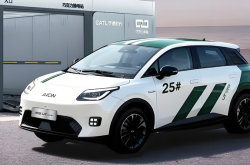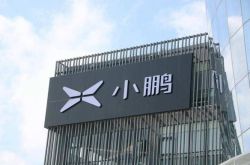Where Tesla is Headed: An Analysis with DeepSeek
![]() 02/07 2025
02/07 2025
![]() 435
435

Introduction
Opportunities and risks coexist in the ever-evolving landscape of the automotive industry.
Tesla has once again ignited a fierce 'price war' without hesitation.
On February 6, Beijing time, just after the Spring Festival holiday, the American new energy vehicle company abruptly announced in China a limited-time insurance subsidy of 8,000 yuan for the updated Model 3, which can be combined with a five-year interest-free financing policy.
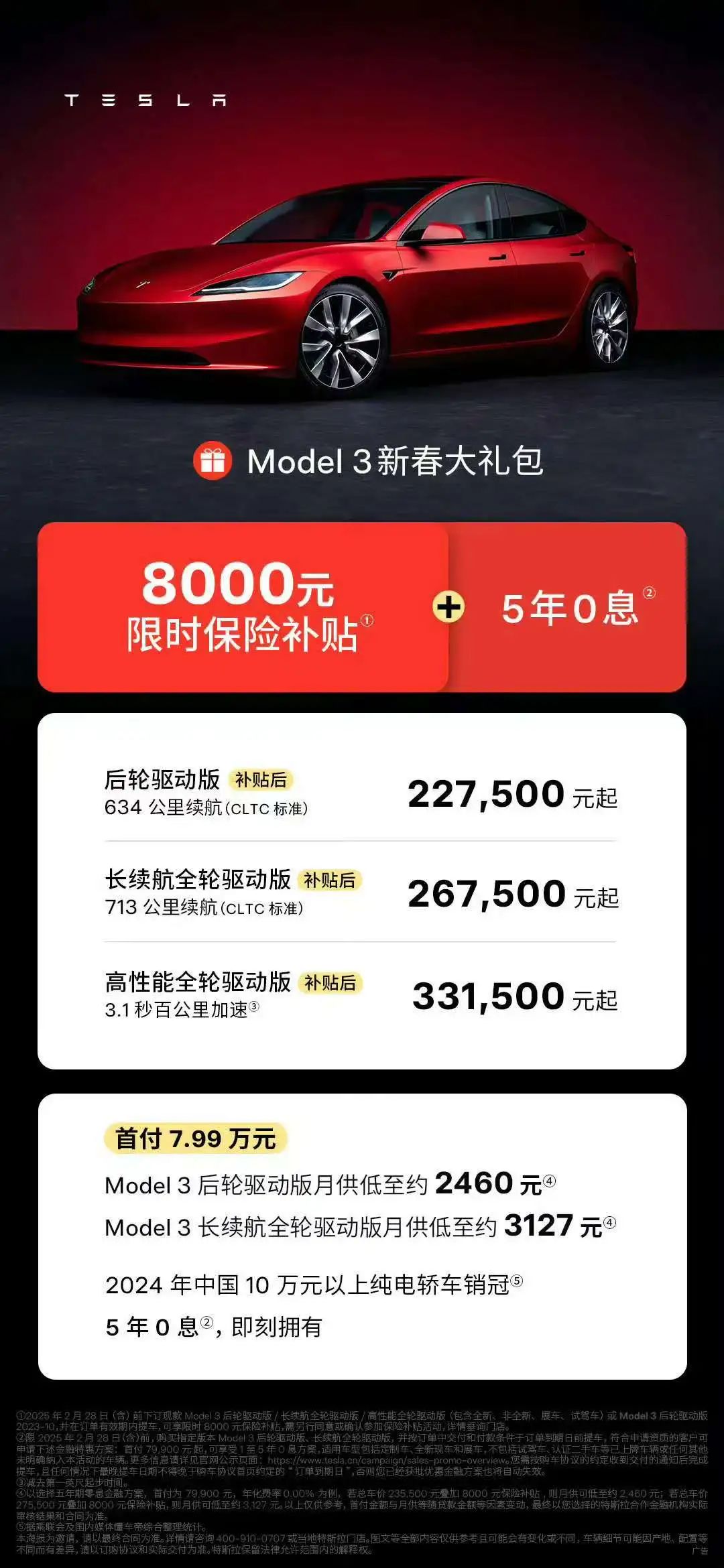
Collectively, these measures amount to a disguised discount exceeding 30,000 yuan. Given Tesla's aggressive past in the Chinese market, such a substantial promotional effort is unprecedented.
While most readers might perceive this as a strategic move to rapidly attract customers and rake in profits, I have a different perspective.
The fundamental rationale behind Tesla's decision to 'increase volume by reducing prices' is the unprecedented competitive pressure it faces in China, particularly amidst growth bottlenecks in both the European and US domestic markets.
To achieve its target of a 20%-30% year-on-year sales increase in 2025, the Chinese market has become increasingly pivotal, necessitating a 'decisive battle' posture from the outset.
Expanding our view, the recently released 2024 financial report also highlights its disappointing aspects. Annual sales declined by 1.1% year-on-year, net profit fell by 52.2% year-on-year, and gross margin dropped to 17.9%. The release of these key figures undoubtedly stripped away the dazzling aura surrounding this American new energy vehicle company.
What is the current state of Tesla, and where is it headed next?
Each perspective offers different insights. First, let's delve into the analysis of the recently popular 'AI large model,' DeepSeek.
The Pain of Transformation and the Unknown Path Ahead
'How do you evaluate Tesla's performance in 2024?'
Without hesitation, I posed this question to DeepSeek, ticking the options for deep thinking and online search. Soon, the following conclusion was presented.
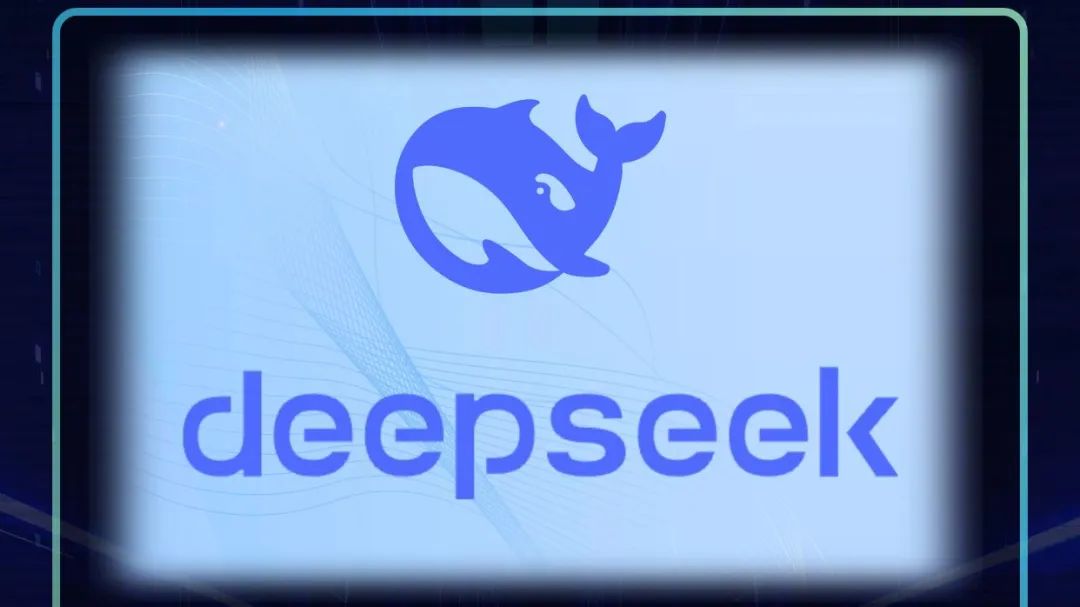
'In 2024, Tesla was in a transitional pain period. Its traditional automotive business faced competition in an established market, but it attempted to forge a second growth curve through new narratives such as energy storage, AI, and robots. Its performance can be characterized by short-term pressure and long-term bets on technological disruption. 2025 will be a crucial year for validation, with focus on the progress of FSD rollout, sales of affordable models, and mass production capabilities of robots.'
This aligns closely with traditional perceptions.
According to DeepSeek's analysis, the slowdown in delivery and revenue growth of the core automotive business, coupled with the sharp decline in profitability, are unavoidable pain points for Tesla.
In contrast, the explosive growth of the energy storage business and the steady improvement of the service business offer some solace to this American new energy vehicle company.
Of course, 'shifting from vehicle manufacturing to AI narratives' was also Tesla's primary theme in showcasing its efforts to the outside world in 2024.
The accelerated rollout of FSD and Robotaxi, the commercialization of the Optimus humanoid robot, and Tesla's advantages in AI computing power and data support this narrative.
Furthermore, in terms of cash reserves, the company has not encountered significant trouble. Its global manufacturing capacity is also being gradually deployed.
In summary, as mentioned earlier, Tesla is still navigating a transitional pain period and striving to open a second growth curve.
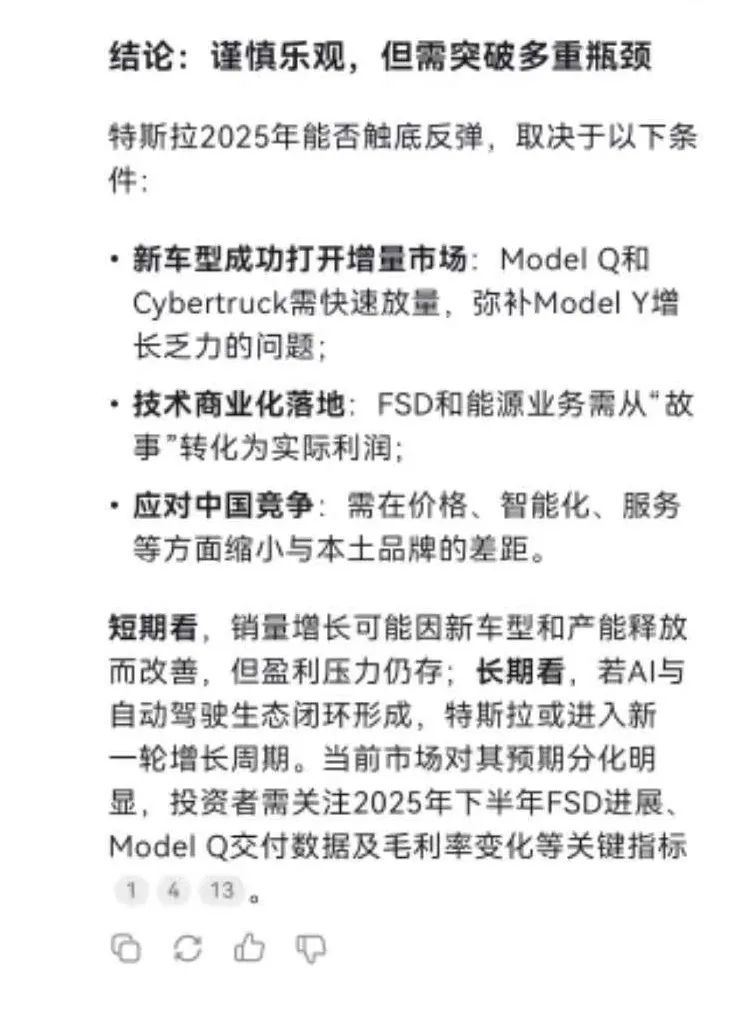
Capitalizing on the moment, I posed another question to DeepSeek, 'Can Tesla bounce back in 2025?'
Its conclusion was nuanced.
'In the short term, sales growth may improve due to new models and capacity release, but profit pressure remains. In the long term, if the AI and autonomous driving ecosystem is closed, Tesla may enter a new growth cycle. Current market expectations for it are divided, and investors need to monitor key indicators such as FSD progress in the second half of 2025, Model Q delivery data, and changes in gross margin.'
In just over a hundred words, it essentially clarified the context.
Combining DeepSeek's analysis, the positive factors supporting Tesla's rebound are primarily centered around the launch of a new model cycle, such as the updated Model Y and Cybertruck ramping up production, breakthroughs in FSD and AI technology, and the burgeoning energy storage business along with the feedback effect of the charging network.
Conversely, the core challenges impeding the rebound include the intense competition in the Chinese market, the differentiation of brand image, pressures on profitability and cost control, and the risks associated with technology implementation and regulations.
Overall, while there are positive signals, the path ahead remains fraught with uncertainties.
As for this American new energy vehicle company, how it will respond to the intensifying industry competition with its upcoming strategic outlook will soon be revealed by time.
Vehicle Manufacturing: Balancing Dreams with Scale
At the outset of this section, I must sincerely express a digression: 'DeepSeek is truly impressive. Even though it still has a long way to go before reaching its full potential, it is already usable and highly effective at this stage. For me personally, I increasingly view it as an exceptional information retrieval and aggregation tool.'
This underscores the terrifying potential of AI large models.
It also indirectly explains why more and more tycoons and enterprises are willing to invest heavily in this sector. Among them, Tesla is at the forefront.
Perhaps, in the 'business philosophy' of its leader, Elon Musk, the traditional vehicle manufacturing business is akin to an oil field that will eventually run dry.
Correspondingly, AI large models, encompassing autonomous driving, humanoid robots, Robotaxi, and other dimensions, will underpin Tesla's greater valuation and future prospects.
Precisely due to this backdrop, despite delivering a relatively 'disappointing' financial report in 2024, the company's performance in the capital market has not witnessed a significant collapse. As of now, its total market value remains above $1.2 trillion.
After all, the dreams it weaves leave ample room for imagination for the outside world. This 'pie-in-the-sky' ability sets Tesla apart from many traditional automakers.
However, rationally and objectively, while betting on new technologies is not wrong, vehicle manufacturing always underscores the importance of scale.
In other words, regardless of how Musk steers the company's development direction, 'selling cars' and 'selling more cars' will continue to occupy a significant portion of Tesla's strategic blueprint for the foreseeable future.
Nonetheless, for the ongoing year of 2025, I am concerned about this dimension and find it extremely challenging to achieve a year-on-year sales growth of 20%-30%.

Firstly, the contributions of Model S and Model X in the high-end pure electric market have always been limited. Secondly, the arrival of the updated Model 3 and Model Y can only be described as marginally sincere, with a clear sales ceiling for these two main products. Thirdly, the high opening and low closing of Cybertruck and weak demand have almost become a foregone conclusion. Lastly, the timing of the highly anticipated Model Q entering the market and ramping up production remains uncertain...
Without exaggeration or underestimation, Tesla's internal product ammunition is not particularly abundant.
Shifting perspectives and examining the current external environment, as mentioned earlier, the attitudes of the European and US markets towards pure electric vehicles have always been lukewarm, while competition in the Chinese market has intensified.
In fact, Tesla has clearly lost the once 'fertile' growth soil and has instead found itself mired in a bloody quagmire. It is foreseeable that for an extended period, the company will be in a phase of volatility and fluctuation.
Taking this opportunity, I posed the final question to DeepSeek, 'How do you evaluate Tesla?'
Its conclusion was, 'Overall, Tesla remains a company with both innovative ambition and execution ability, but its future performance will hinge on its ability to continue breaking technological boundaries amidst fierce competition and effectively managing policy and market risks.'
That indeed sums up the situation...

